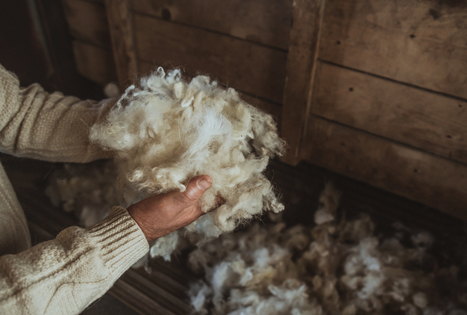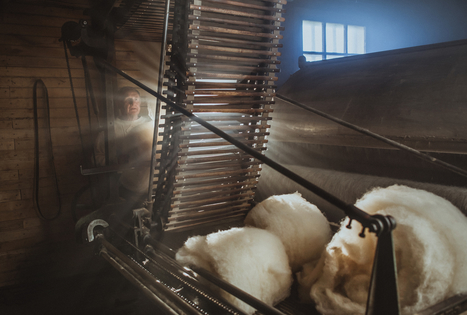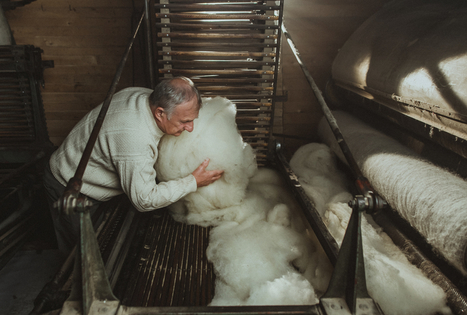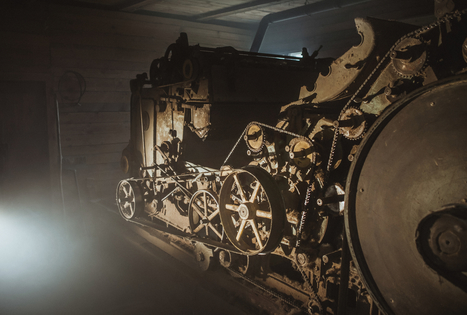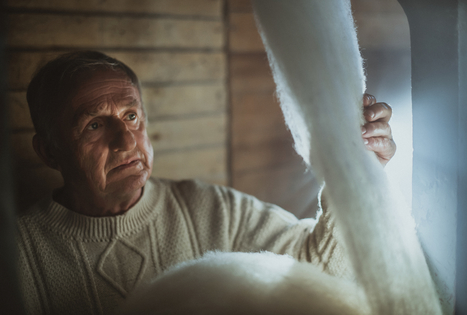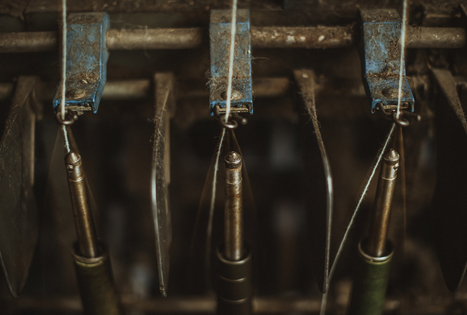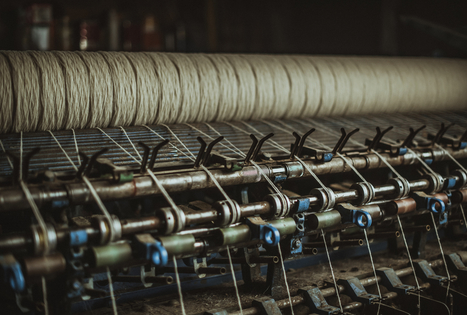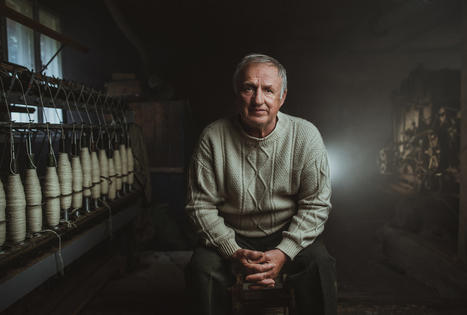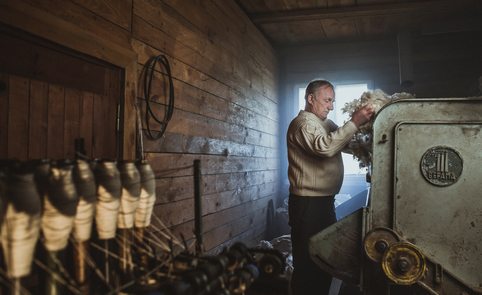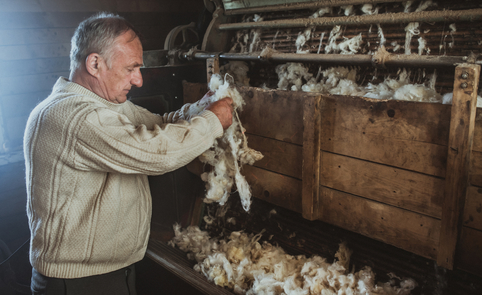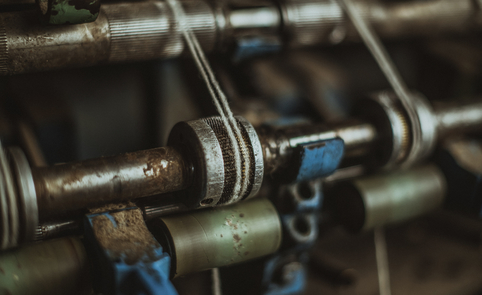Wool has been prized since ancient times. Carding is the process of forming textile fibres in layers of uniform thickness with special carders.
A variety of wools
The oldest carded wool products date back to around 2000 BC. Back then, carding was done by hand or with combs made of bronze. In 18th-century England, wool was carded with brushes, and special mechanised devices were invented shortly thereafter. At first, this equipment was installed at mills, but were later used at special wool processing factories.
Around the world, wool is used from a wide range of animals, including sheep, alpacas, lambs, goats, rabbits and even dogs. Some of them get longer, some shrink, and others stretch as if they were rubber. It all depends on the breed of the animal as well as on how it is stored. Because of its different properties, wool has a wide range of applications.
Blackhead sheep wool the most popular in Lithuania
German blackhead sheep wool is the most carded in Lithuania. Not only is it beautiful – it is also easy to handle. It can be used to make clothes, bedding and covers.
Sheep produce 6-7 kilograms of wool per year. To get the wool, the sheep are shorn. The animals are shorn mechanically with clippers. First the wool has to be washed and carded, and then it can be used in the production process. Hand-cranked drum carders appeared in Lithuania in the early 20th century; before that, carding was done by hand.
Cleanliness is extremely important
The most importing thing when carding is that the wool be clean. Wool contaminated with straw, beggarticks or other sticky grass often clumps, and the thread is twisted and uneven.
Interestingly, people used to soak wool in diesel fuel to soften it. They used to do this because the diesel diluted the sheep fat – lanolin – in the wool, and it also protected against moths and other parasites.
Nothing is lost during carding. Semi-finished products are made from the combed wool: tops or rovings. The quality of the yarn depends on the temperature of the carder, which should ideally be under 20°C, since otherwise the wool gets static and breaks.
Wool carding in this day and age
Lithuanians used to learn the craft of wool carding from their parents. Only five certified artisans are currently engaged in this craft in Lithuania.
These artisans say that people sometimes bring in five kilograms of wool to be carded, and another time it can be four times as much. Customers often ask for the wool to only be carded, and then thay spin it and felt it themselves.
Wool fibre is used to create a variety of garments, from socks to dresses. Garments made of wool do not get dirty easily, do not wrinkle, and can last years and years when looked after properly. Quality wool can also be used to make blankets, jewellery, felted products and handbags.

